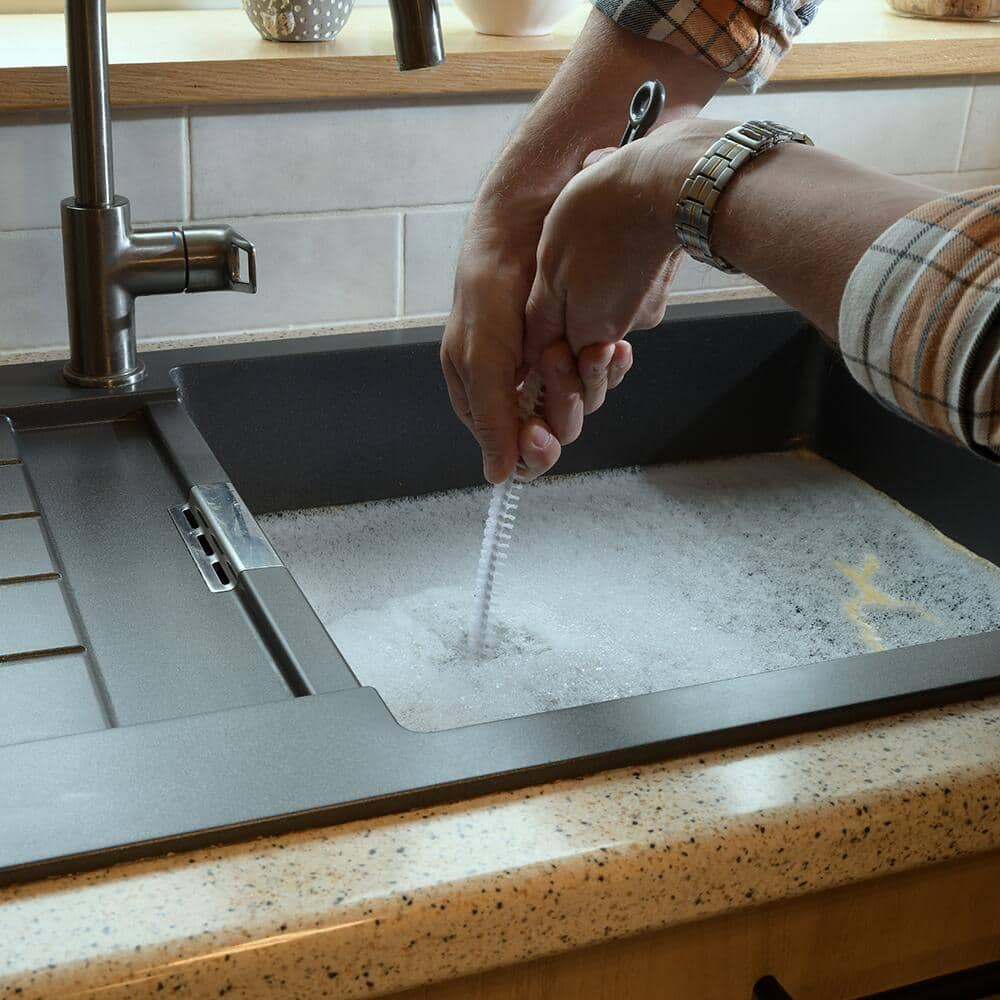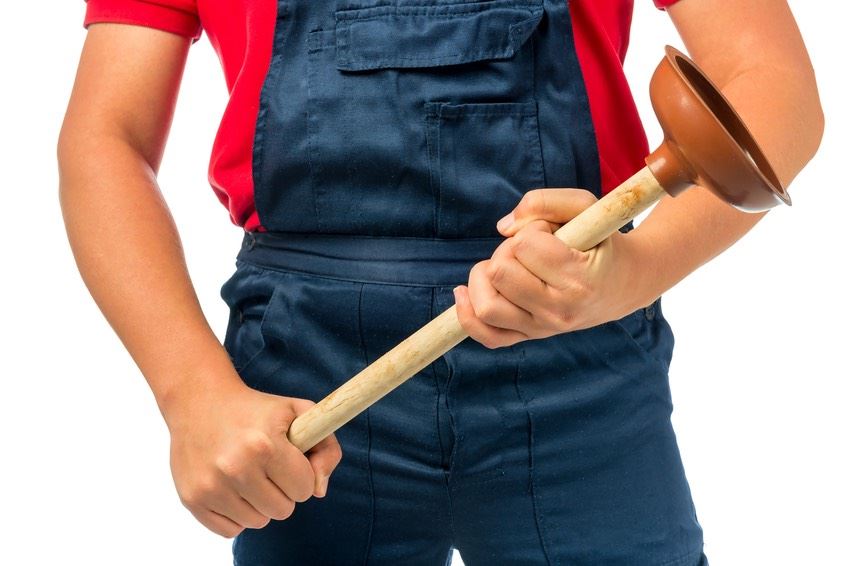Listed here in the next paragraphs you can get a lot of decent tips concerning How to Unclog Your Sink with a Plunger.

Introduction
Correct maintenance of home drains is crucial for stopping clogs and making sure smooth water flow. Among the key devices in every homeowner's toolkit is the plunger, alongside various drainpipe cleansers designed to tackle persistent obstructions efficiently. This write-up discovers how to use plungers and drain cleaners effectively to keep your drains flowing freely.
Area 1: Recognizing Bettors
Sorts of Plungers
There are a number of kinds of plungers available, each made for various kinds of drains and obstructs. One of the most common kinds consist of cup bettors, flange plungers, and accordion plungers.
Just How Plungers Work
Bettors deal with the principle of producing pressure and suction to displace blockages. When properly used over a drainpipe, they develop a vacuum cleaner that can take out particles or separate clogs.
Picking the Right Bettor
Choosing the ideal bettor depends upon the kind of drain and the nature of the clog. Mug bettors are excellent for sinks and bathtubs, while flange plungers are better suited for commodes as a result of their style.
Typical Mistakes with Bettors
Preventing these blunders guarantees efficient plunging: improper seal around the drain, not enough force, and unclear surrounding debris.
Area 2: Utilizing Plungers Successfully
Preparation
Prior to diving, guarantee the plunger covers the drain completely and forms a limited seal. Clear any type of visible debris around the drainpipe opening.
Method
Start with mild diving movements to build suction. Rise pressure gradually, making use of a stable rhythm. Repeat as necessary up until the drain gets rid of.
Troubleshooting Tips
If diving doesn't function, try readjusting the seal, applying oil jelly for a better seal, or utilizing a different kind of bettor.
Section 3: Comprehending Drainpipe Cleaners
Kinds Of Drainpipe Cleansers
Drain cleansers can be chemical or enzymatic. Chemical cleaners use solid chemicals to liquify obstructions, while chemical cleansers utilize natural enzymes to break down organic matter.
How Drainpipe Cleaning Company Job
Chemical cleaners react with obstructions to liquify them, while enzymatic cleaners break down natural products like hair and grease without harming pipelines.
Security Considerations
Always wear handwear covers and eye protection when using chemical drainpipe cleansers. Ensure appropriate air flow and comply with maker directions very carefully.
Eco-Friendly Alternatives
Think about making use of vinegar and baking soda or enzyme-based cleaners for eco-friendly options that are much safer for pipes and the environment.
Area 4: Utilizing Drain Cleaning Company Successfully
Application Strategies
Pour chemical cleansers directly right into the drainpipe opening. Enable them to benefit the recommended time prior to purging with hot water. Enzymatic cleansers need to sit overnight.
Preventative measures
Avoid mixing various kinds of cleaners, as this can generate poisonous fumes. Never utilize chemical cleansers together with a plunger, as splashing can happen.
Taking Care Of Stubborn Clogs
For persistent clogs, consider using a plumbing snake or calling a professional plumber to stop damage to pipes.
Final thought
In conclusion, recognizing how to utilize plungers and drain cleaners effectively is important for maintaining healthy pipes systems. By selecting the right devices and techniques, home owners can take on minor clogs and protect against significant pipes concerns down the line.
How to Use a Plunger to Unclog a Drain
The humble plunger is a simple yet effective tool for breaking clogs in sinks, tubs and toilets. This handy tool is easy to use. You can make the most of its power if you understand how it works. Ready to dive in? Here’s what you need to know.
Safety First!
Never use a plunger with drain chemicals. Water will splash as you work, and the chemicals can spatter, burning skin and eyes. It’s a good idea to use rubber gloves and wear safety goggles when you work on a clog.
Choose the Right Tool for the Job
Plungers come in two different styles. Sinks, bathtubs and showers require a cup plunger. Like its name suggests, the rubber end is shaped like a cup. Use a flange plunger on toilets. These plungers have a rubber funnel extending from the cup. A plunger needs to be big enough to cover the drain.
Ready, Set, Plunge!
- Coat the rim: Coat the plunger rim with petroleum jelly. This helps make a better seal.
- Block outlets: Hold a wet rag over nearby outlets such as the overflow vent or the drain in a second sink.
- Release air: Insert the plunger at an angle into the water. Water will displace air in the cup. A water-filled cup is more forceful than one filled with air.
- Keep the plunger upright: Hold the plunger perpendicular to the drain. Use fast, forceful strokes, but make the first stroke gentle. The first stroke can create a splash if the cup still contains air. Thrust the plunger 15 to 20 times.
- Snap off the plunger: The final stroke should be a strong upward motion that ends when the plunger snaps off the drain.
- Repeat the process: you may need to repeat this sequence several times. When the water drains away, your work is done. High-five!
https://plumbernw.com/blog/how-to-use-a-plunger-to-unclog-a-drain/

Do you really like reading up on How to Use a Plunger to Unclog a Toilet or Drain? Try leaving a comment further down. We'd be pleased to find out your views about this blog post. We are looking forward that you visit us again before long. Enjoyed our write up? Please share it. Help somebody else locate it. We recognize the value of your readership.
More Details
Comments on “Discover Plungers and Drain Cleaners: Top Techniques”